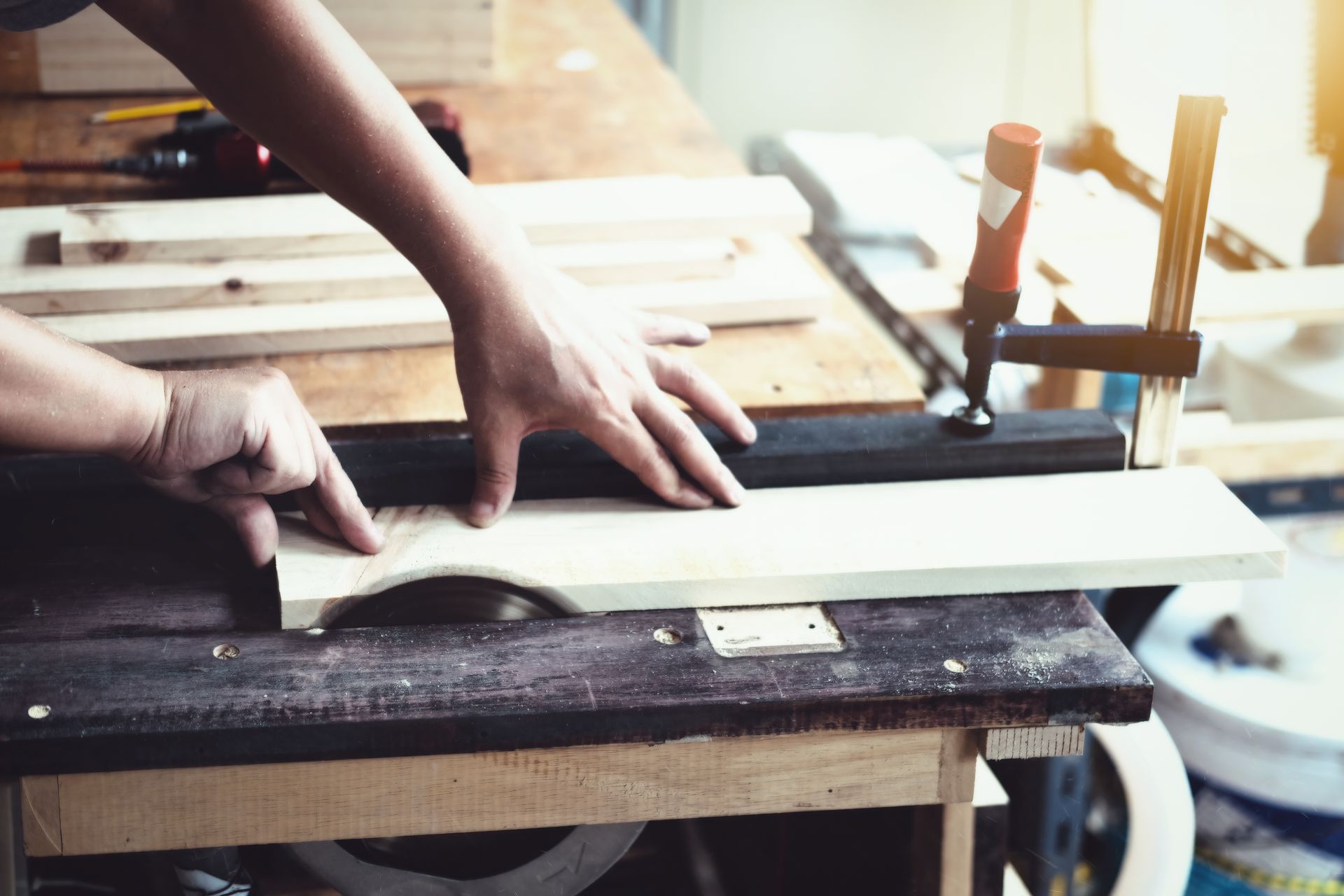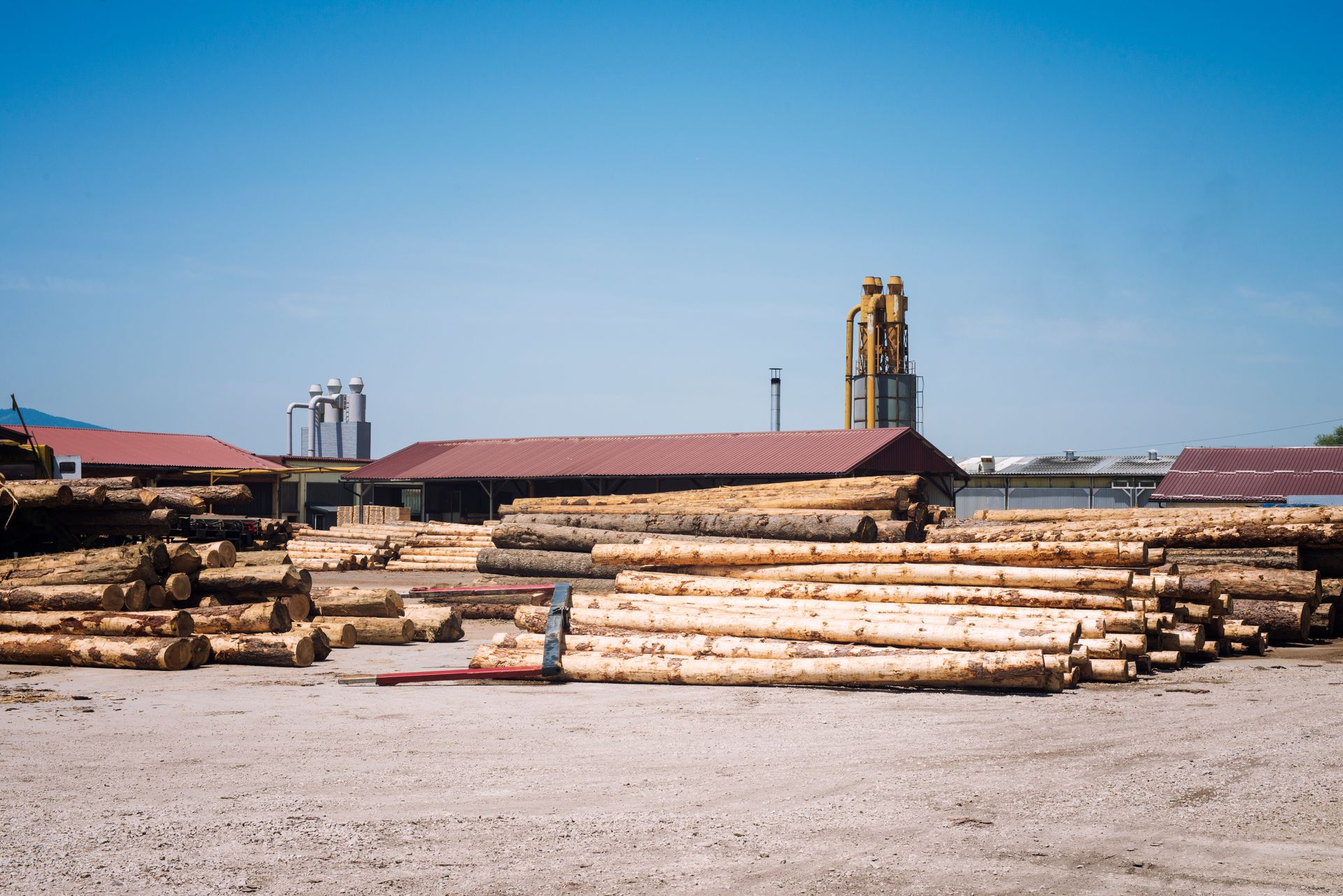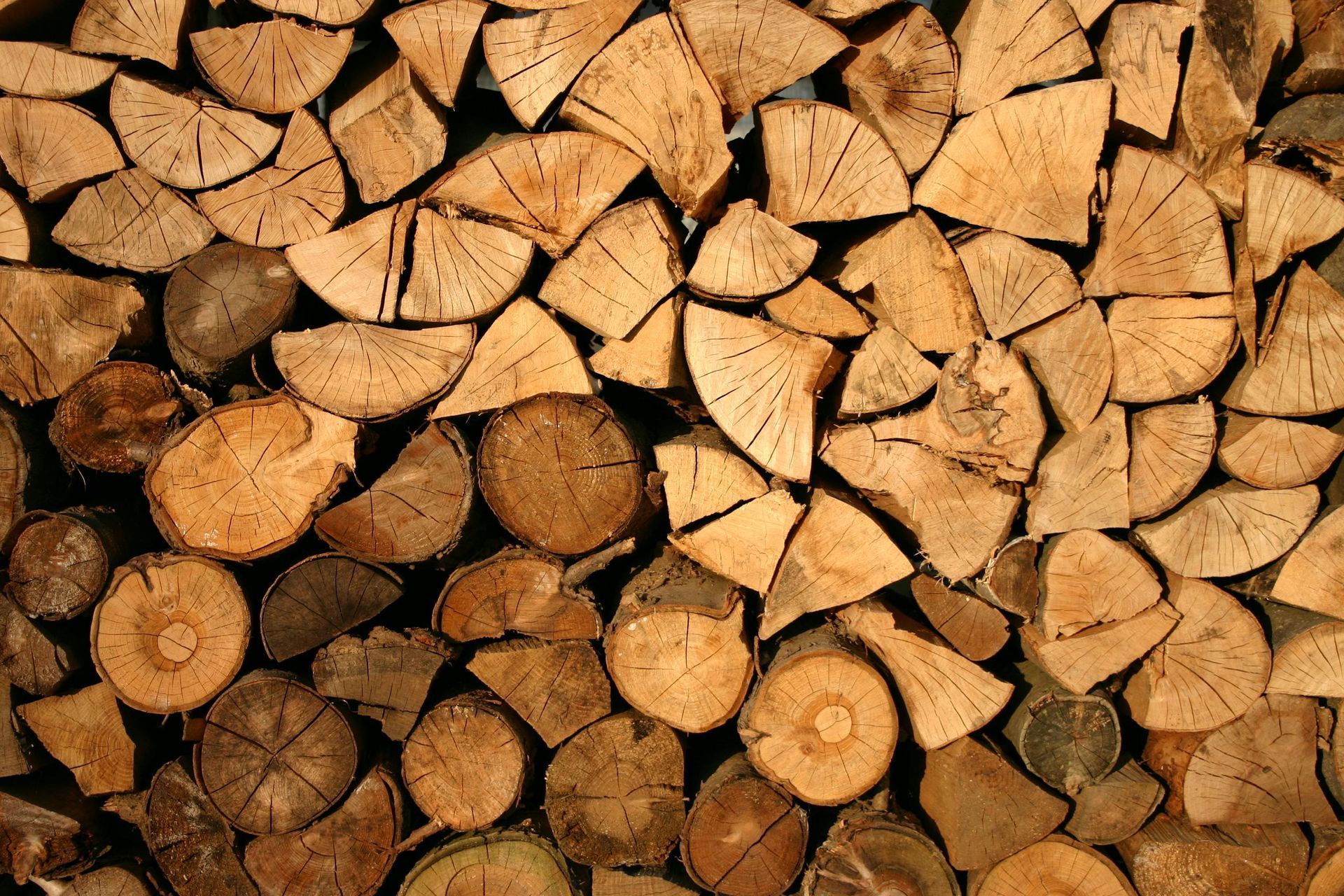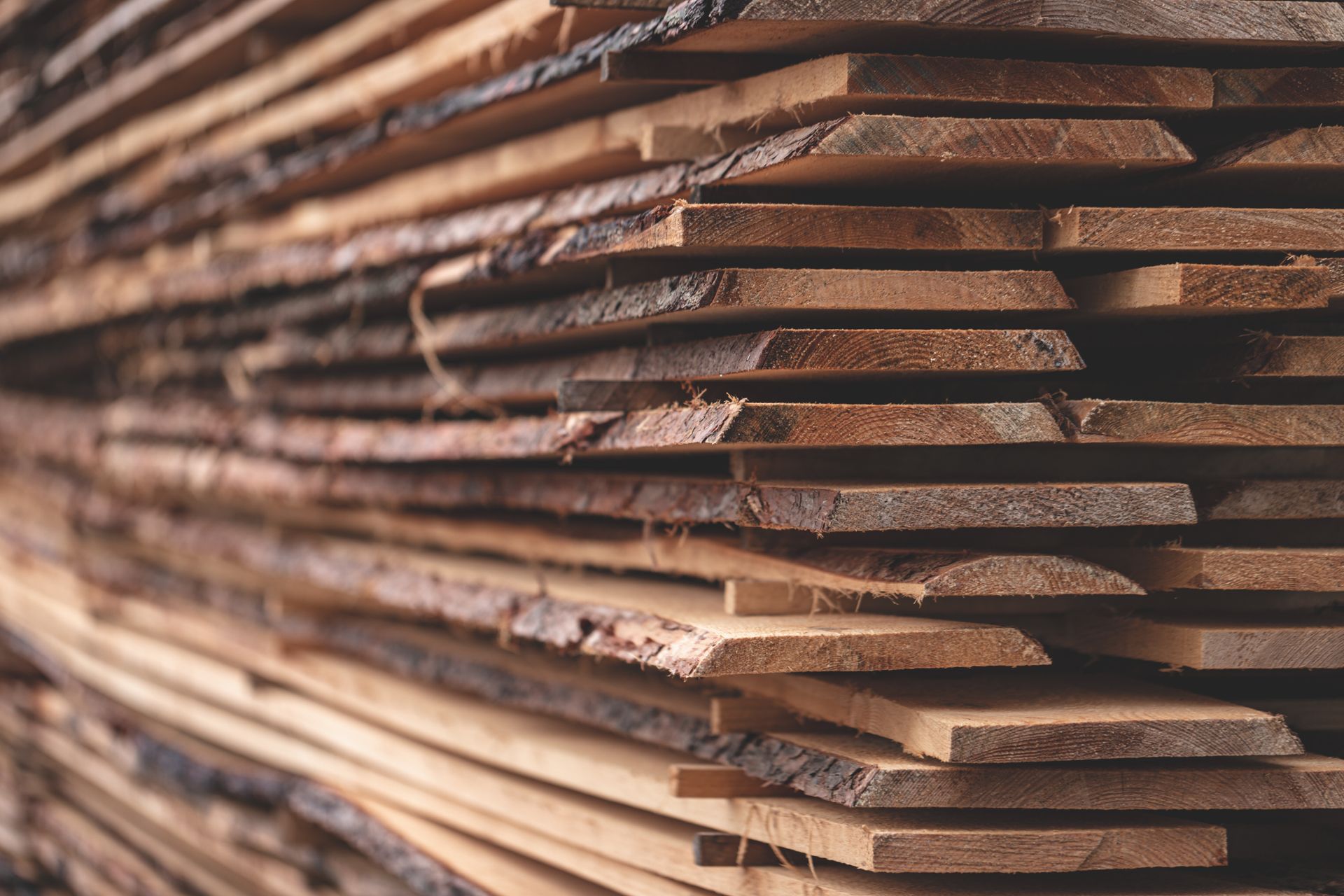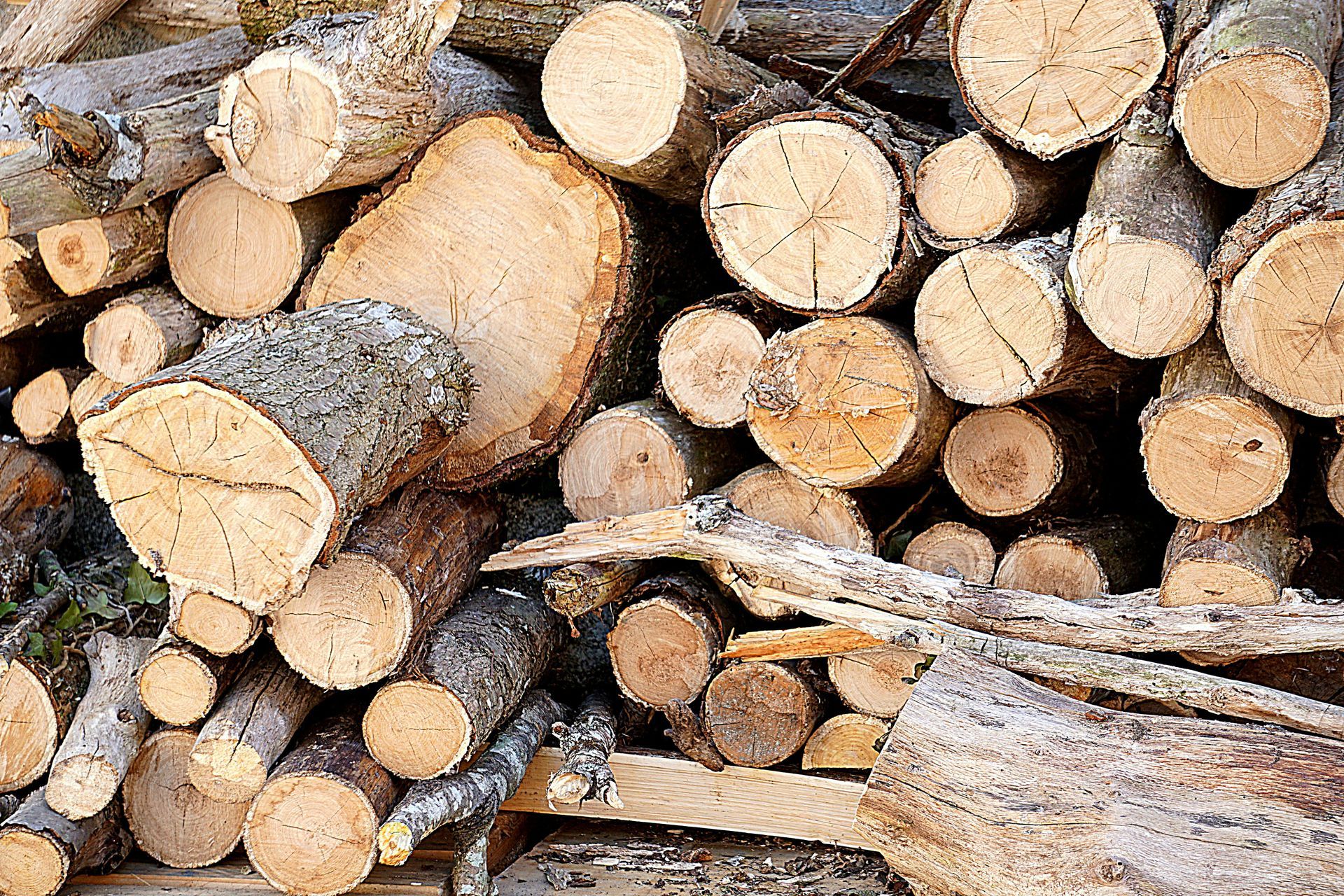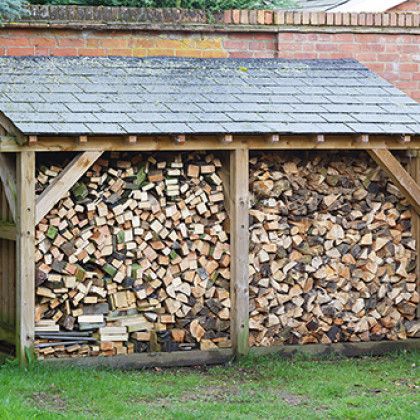Common Woodworking Tools and Techniques: A Guide for Beginners
Woodworking is an age-old craft that has produced everything from homes to fine furniture. Whether you’re a beginner or an experienced woodworker, having the right tools and mastering key techniques is essential to producing high-quality results. At
Potterville Sawmill, we provide the wood materials and expert advice needed for any woodworking project. This guide will explore common woodworking tools and techniques, helping you get started with confidence.
City skyline
Essential Woodworking Tools for Every Workshop
To begin your woodworking journey, assembling a set of essential tools is critical. While many tools are specific to the type of project you’re tackling, a few universal tools will serve you well across various tasks.
Hand Tools: The Backbone of Woodworking
Hand tools are indispensable, whether you're a seasoned professional or just starting. Some of the key hand tools include:
- Hammer and Nails: For basic assembly and joinery, having a quality hammer is a must. The classic claw hammer is perfect for driving nails and pulling them out when needed.
- Chisels: A sharp chisel is essential for creating intricate details and cutting away excess wood. Different sizes allow for varying levels of detail.
- Hand Saw: When power tools aren't required, a sharp handsaw allows you to make precise cuts in both soft and hardwoods.
- Measuring Tools: Always keep a reliable tape measure, square, and compass on hand for accurate measurements and angles.
Power Tools: Efficiency at Your Fingertips
While hand tools are fundamental, power tools bring efficiency to more extensive and demanding tasks. Here are a few essential power tools:
- Table Saw: Ideal for making large, straight cuts in wood. A table saw is a very useful tool that can be used for many different purposes.
- Drill: A cordless drill with a variety of bits will help you create holes, insert screws, and accomplish a wide range of tasks.
- Router: If you're looking to add decorative edges or cut grooves, a router is your go-to tool.
- Jigsaw: This saw is ideal for making curved cuts, allowing for intricate patterns in your woodworking projects.
Techniques for Safe and Effective Cutting
Once you’ve gathered your tools, understanding proper cutting techniques is the next step in producing clean, precise cuts. Whether you’re using hand tools or power tools, proper technique not only improves your results but also ensures safety.
Straight Cuts with a Table Saw
For straight cuts, especially in larger pieces of wood, a table saw is the tool of choice. Always:
- Ensure your wood is clamped securely.
- Set the correct cutting depth for the blade.
- Push the wood steadily through the saw, avoiding sudden movements that may cause the blade to bind or kick back.
Curved Cuts with a Jigsaw
Curved cuts require a steady hand and careful planning. Begin by drawing a line to indicate where you will cut with a pencil. Then, keep a slow and steady pace when moving the jigsaw through the wood to maintain accuracy. For best results, clamp the wood securely and use an appropriate blade designed for curved cuts.
Joinery Techniques to Strengthen Your Projects
Joinery is the art of connecting two pieces of wood together in a way that is both aesthetically pleasing and structurally sound. There are many types of joints, each with specific applications depending on your project.
Mortise and Tenon Joint
One of the oldest and strongest woodworking joints, the mortise and tenon consists of a tenon (a protruding piece of wood) fitting tightly into a mortise (a hole or slot). It’s ideal for frame construction and projects requiring long-lasting durability.
Dovetail Joint
Used primarily for box construction, such as drawers or cabinets, dovetail joints feature interlocking pins and tails. They are extremely strong and visually appealing, showcasing fine craftsmanship.
Butt Joint with Dowels
For quick and simple joints, the butt joint involves simply butting two pieces of wood together. Strength is added by inserting wooden dowels into aligned holes, creating a strong bond.
Sanding and Finishing Techniques for a Professional Look
Sanding and finishing are the final steps in any woodworking project, but they’re no less important than cutting and joinery. Proper sanding smooths out rough edges, while a well-applied finish enhances the wood’s natural beauty.
Hand Sanding vs. Power Sanding
Hand sanding is perfect for intricate details and edges, while power sanding works best for larger surfaces. Start with a coarse grit (around 80) and work your way up to a finer grit (220) for a smooth finish.
Applying Wood Finishes
Whether you’re applying paint, stain, or a clear finish, always follow these steps:
- Smooth the wood by rubbing it with sandpaper.
- Spread the finish evenly using a brush or cloth.
- Allow the finish to dry completely between coats.
- Lightly sand between coats for a flawless, professional finish.
Tips for Wood Selection: Choose the Right Wood for Your Project
Selecting the right type of wood is a crucial step in ensuring the longevity and appearance of your project. Wood types can generally be divided into two categories: hardwoods and softwoods.
Hardwoods vs. Softwoods
- Hardwoods (e.g., oak, maple, walnut) are dense and durable, making them ideal for furniture and flooring.
- Softwoods (e.g., pine, cedar) are easier to work with and are commonly used for building projects like framing and outdoor structures.
When selecting wood, consider the grain, color, and durability needed for your project. Always buy more than you think you'll need, as some pieces may have defects or require recutting.
Contact Potterville Sawmill for Your Woodworking Needs
At
Potterville Sawmill, we’re here to supply you with the highest quality wood and lumber for your woodworking projects. Whether you need hardwood for furniture or softwood for construction, we can provide the materials and expertise to help you succeed. Call us today at
(517) 231-7436 to learn more about our wood selection (custom lumber,
firewood,
etc.) and services (building
rough-sewn sheds and
deer blinds). Let us assist you in transforming your woodworking vision into reality.
FAQs
What is the most essential tool for a beginner woodworker?
For beginners, the most essential tool is a quality handsaw. It’s versatile and allows you to make both small and large cuts without needing power tools.
How do I maintain my woodworking tools?
To keep your tools in top shape, clean them after each use, regularly sharpen blades and bits, and store them in a dry place to prevent rusting.
What’s the difference between hardwood and softwood?
Hardwoods come from deciduous trees (those that lose their leaves) and are generally denser and more durable. Softwoods come from coniferous trees and are typically easier to work with but less durable than hardwoods.
How do I avoid splintering when cutting wood?
To avoid splintering, use sharp blades and cut slowly. Using masking tape along the cut line can also reduce splintering, especially when cutting plywood.
Why is sanding important before finishing wood?
Sanding smooths the surface of the wood, removes imperfections, and opens up the wood grain, allowing finishes like stain or varnish to penetrate evenly and give a professional look.
